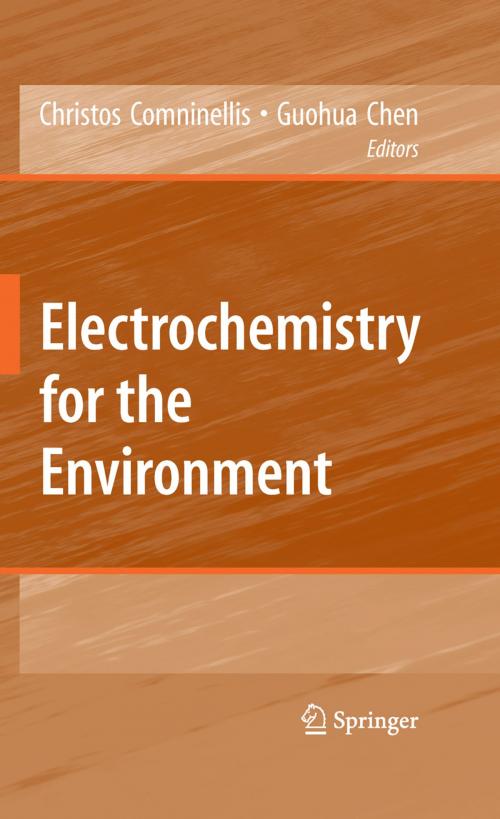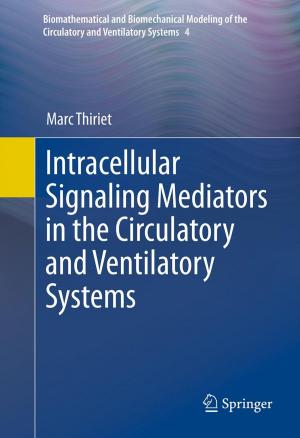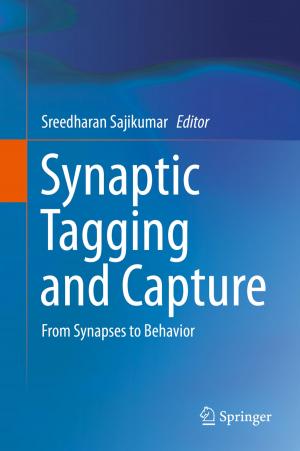Electrochemistry for the Environment
Nonfiction, Science & Nature, Science, Chemistry, Physical & Theoretical, Biological Sciences, Environmental Science| Author: | ISBN: | 9780387683188 | |
| Publisher: | Springer New York | Publication: | October 15, 2009 |
| Imprint: | Springer | Language: | English |
| Author: | |
| ISBN: | 9780387683188 |
| Publisher: | Springer New York |
| Publication: | October 15, 2009 |
| Imprint: | Springer |
| Language: | English |
Wastewater treatment technology is undergoing a profound transformation due to the fundamental changes in regulations governing the discharge and disposal of h- ardous pollutants. Established design procedures and criteria, which have served the industry well for decades, can no longer meet the ever-increasing demand. Toxicity reduction requirements dictate in the development of new technologies for the treatment of these toxic pollutants in a safe and cost-effective manner. Fo- most among these technologies are electrochemical processes. While electrochemical technologies have been known and utilized for the tre- ment of wastewater containing heavy metal cations, the application of these p- cesses is only just a beginning to be developed for the oxidation of recalcitrant organic pollutants. In fact, only recently the electrochemical oxidation process has been rec- nized as an advanced oxidation process (AOP). This is due to the development of boron-doped diamond (BDD) anodes on which the oxidation of organic pollutants is mediated via the formation of active hydroxyl radicals.
Wastewater treatment technology is undergoing a profound transformation due to the fundamental changes in regulations governing the discharge and disposal of h- ardous pollutants. Established design procedures and criteria, which have served the industry well for decades, can no longer meet the ever-increasing demand. Toxicity reduction requirements dictate in the development of new technologies for the treatment of these toxic pollutants in a safe and cost-effective manner. Fo- most among these technologies are electrochemical processes. While electrochemical technologies have been known and utilized for the tre- ment of wastewater containing heavy metal cations, the application of these p- cesses is only just a beginning to be developed for the oxidation of recalcitrant organic pollutants. In fact, only recently the electrochemical oxidation process has been rec- nized as an advanced oxidation process (AOP). This is due to the development of boron-doped diamond (BDD) anodes on which the oxidation of organic pollutants is mediated via the formation of active hydroxyl radicals.















